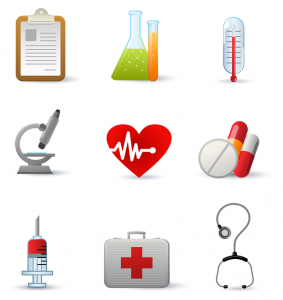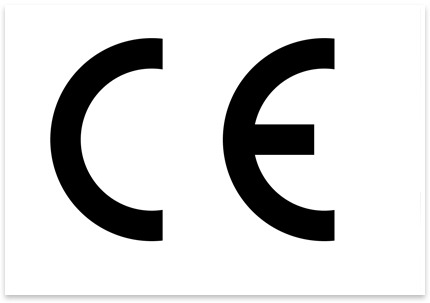Medical device and its risk class
To help the manufacturer, a guideline is available to determine whether software can be considered as ’stand alone’ (i.e., as non dedicated) or indeed as dedicated medical software. This guideline is MEDDEV 2.1/6. From this guideline, it becomes apparent that any software with a diagnostic or therapeutic function – such as an app that calculates the correct amount of insulin needed – should be considered medical software. Software that is essential for the functioning of a medical device, should also be considered dedicated medical software and therefore comply with Directive 93/42/EEC.

If indeed a device and/or its software is considered to be ‘purely’ medical, the manufacturer has to decide which risk class its product belongs to. The risk class is a determining factor when it comes to the certification process itself. For example, can the manufacturer certify himself without any external party (as long as the resulting documentation becomes available upon request)? If the relevant risk class does not permit this, external auditing is necessary. To determine which risk class is relevant, classification rules need to be applied. These rules can be found in appendix IX of MEDDEV 2.1/6. Risk classes are I (‘low’), IIa (‘medium’) and IIb (‘high’). In case of risk class IIa or IIb, external auditing is necessary, carried out by an institute that is recognized by the government.
Requirements technical dossier
Any medical device should include a user manual, unless the product could be considered as belonging to risk class I or IIa and could be used safely without such manual. Directive 93/42/EEC clearly states which items should be in the user manual, for example safety instructions. Also, information on maintenance should be part of a user manual.
